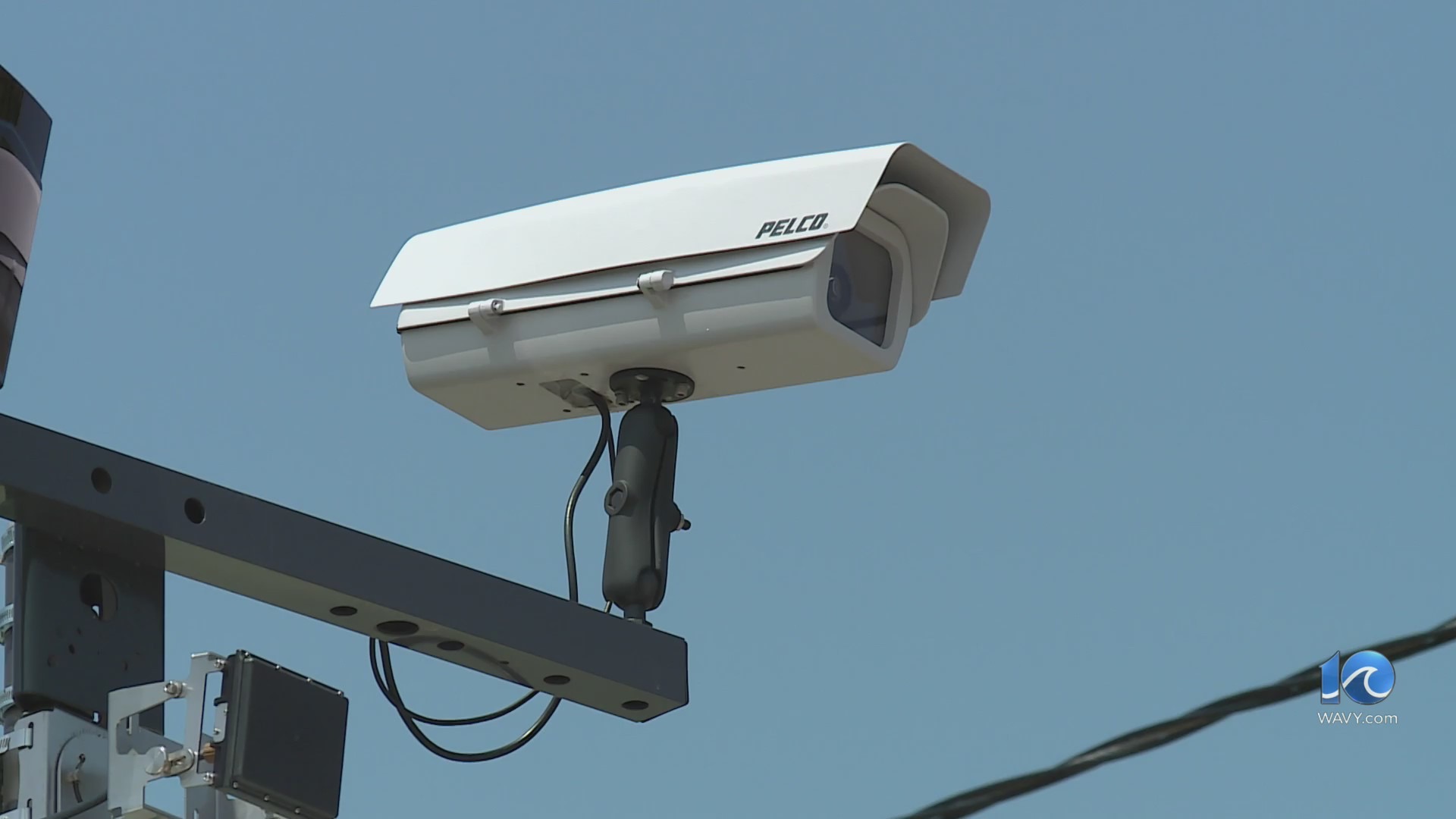An elite and highly trained U.S. Border Patrol team has joined the search in the Ozark Mountains for Grant Hardin, an inmate known as the “Devil in the Ozarks” who escaped from an Arkansas prison nearly two weeks ago, federal authorities announced this week.
The Border Patrol Tactical Team known as BORTAC is providing “advanced search capabilities and operational support” in the hunt for Hardin, U.S. Customs and Border Protection said. Its members are experienced in navigating complex terrain, the agency said. The Ozark Mountains region is known for its rocky and rugged landscape, thick forests and an extensive cave network.
The team’s unique training and capabilities are “well-suited for the demands of this critical mission,” Chief Patrol Agent Gloria Chavez said in announcing the deployment.
Searchers have been using bloodhounds, officers on horseback, drones and helicopters in their hunt for Hardin since he escaped nearly two weeks ago, on May 25.
A former police chief in the small town of Gateway near the Arkansas-Missouri border, Hardin had been held at the Calico Rock prison since 2017 after pleading guilty to first-degree murder in a fatal shooting for which he was serving a 30-year sentence.
Hardin’s DNA was matched to the 1997 rape of a teacher at an elementary school in Rogers, north of Fayetteville. He was sentenced to 50 years for that crime. Eventually, his notoriety led to a TV documentary, “Devil in the Ozarks.”
Rand Champion, a spokesman for the state prison system, said that someone should have checked Hardin’s identity before he was allowed to leave, describing the lack of verification as a “lapse” that’s being investigated. A deputy U.S. Marshal has said in court papers that investigators theorize that he has likely fled Arkansas, but searchers are continuing to hunt for Hardin around the prison at Calico Rock.
BORTAC was created in 1984. The way it selects and trains its members is designed to be similar to methods used by the U.S. military’s Special Forces, Customs and Border Protection says in background materials on the unit. It conducts operations and training within the U.S. and in foreign countries.
BORTAC members have also played roles in civil disturbances far from United States borders in recent years. They saw an expanded role in the summer of 2020, where they were deployed to Portland, Oregon, for massive protests over the police killing of George Floyd. In Portland, they worked with local law officers to guard the downtown area during large protests that went on for days.
That was unusual, but not unprecedented, experts said. BORTAC members have protected emergency workers during natural disasters and were sent to Los Angeles during riots in the early 1990s after the beating of Rodney King, Michael Fisher, a former senior official with the agency and member of the unit, has said.
The unit’s role has expanded over the years to include searches for fugitives and even prison escapees.
In September 2023, a dog named Yoda that is part of BORTAC ended a two-week manhunt for an escaped prisoner in Pennsylvania. Yoda, a Belgian Malinois, pursued Danilo Cavalcante as the fugitive scrambled through underbrush while armed with a rifle. Yoda bit the escapee on the forehead and then clenched his teeth into his thigh and held on, authorities said.
Last month, U.S. Secretary of Homeland Security Kristi Noem described the unit’s operations. Members “don’t just operate within their own agency, but also partner with other law enforcement agencies and meet needs around the country at a moment’s notice,” Noem said in a House Homeland Security Committee hearing.
“So their skill set is unique, their specialty training is needed, and in fact, it needs to be expanded,” she said.






